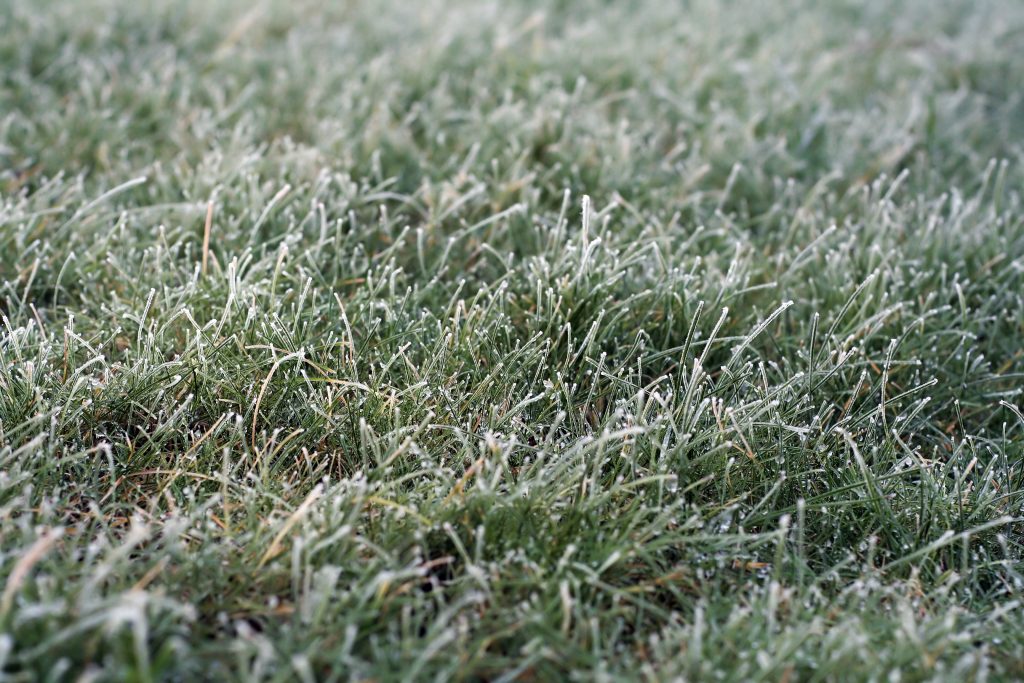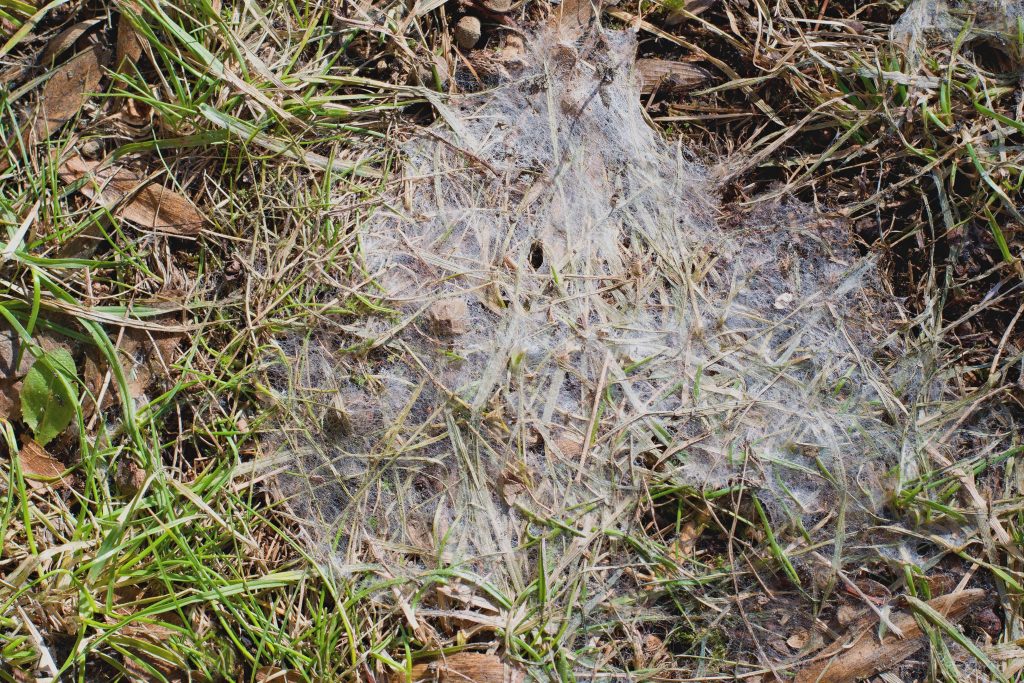Greetings, fellow lawn enthusiasts! As the chilly embrace of winter settles in, it’s time to debunk a common misconception: just because the temperatures drop doesn’t mean your lawn deserves any less attention. In fact, the winter months are a critical period in the life of your lawn, demanding a special touch to guarantee its resurgence with a vibrant flourish when spring finally graces us.
Don’t let the frosty air dissuade you – preparing and nurturing your lawn during winter is far from a dormant task. With a little know-how and a lot of care, you can ensure that your lawn weathers the winter blues and bounces back with a lush green vibrancy that’ll leave your neighbours green with envy.
So, wrap those fingers in your cosiest gardening gloves, and let’s embark on a journey into the realm of winter lawn care. From frosty mornings to drizzly afternoons, we’ll uncover the secrets to nurturing a resilient winter lawn.
The Truth Behind Winter Lawns
You might ask – why is winter lawn care so important? The answer lies in the science of lawns. Despite winter’s icy chill making your grass appear to be fast asleep, the reality is quite the contrary.
Beneath the frosty surface, a world of activity continues as the roots work tirelessly, preparing to sprout green and fresh at the very first sign of spring.
Keeping these roots healthy during winter, through proper lawn care, sets your lawn up for an outstanding performance when the warmer weather returns.
Preparing Your Lawn for Winter
Raking and Removing Debris
Let’s start with a task that might seem mundane but plays a crucial role – raking and clearing debris. Those fallen leaves might look picturesque, but they can smother your grass if left unattended.
Grab your rake and swiftly clear the debris to allow your grass to breathe. This not only boosts its health but also simplifies your spring cleaning efforts.
Aeration and Overseeding
Now, let’s discuss aeration and overseeding – two techniques that can work wonders for your lawn’s resilience.
Aeration involves perforating the soil, promoting better air circulation and nutrient absorption. This can be done using an aerator machine or even specialised footwear that aerates as you walk.
Pair aeration with overseeding – the process of adding fresh grass seed to existing turf. This fills in bare spots and ensures a thick, healthy lawn. Don’t worry about any seeds that don’t sprout in time; they can stay dormant till they’re ready.

What Not to Do in Winter
While prepping your lawn for winter is critical, it’s equally important to know what not to do. Here are a few practices to avoid:
- Heavy Fertilisation: Refrain from heavy fertilisation in the autumn. Applying high-nitrogen fertilisers can stimulate tender, vulnerable growth that’s more susceptible to winter stress and diseases.
- Over-Mowing: As winter approaches, adjust your mowing height to slightly higher than usual. Cutting grass too short can weaken it and leave it susceptible to cold temperatures and diseases.
- Neglecting Soil Compaction: Don’t ignore soil compaction. Compacted soil restricts water and nutrient movement, leading to unhealthy grass. Consider aerating to alleviate compaction.
- Ignoring Drainage Issues: Winter often brings heavy rains, and poor drainage can lead to waterlogged soil. Address any drainage issues to prevent water from pooling on your lawn.
- Avoiding Pest and Weed Control: Just because it’s winter doesn’t mean pests and weeds disappear. Take preventive measures against winter weeds and pests to ensure they don’t establish themselves.
Protecting Your Lawn from Cold and Frost
Minimising Foot Traffic on Frozen Grass
Snow Mould Prevention and Treatment

Using Protective Covers for Sensitive Plants
Winter Weed Control and Pest Prevention
Identifying Common Winter Weeds
Applying Pre-Emergent Herbicides
Imagine having a shield that stops weeds before they even have a chance to rear their heads. That’s the power of pre-emergent herbicides. Applied in late summer or early autumn, these magic potions create a barrier that prevents weed seeds from germinating.
It’s like putting up a “No Entry” sign for weeds. But timing is key – apply these herbicides before the soil temperature drops too much to ensure they work their best.
Mitigating Pest Issues During the Dormant Season
While your lawn might be in hibernation, some pests are still very much active. Creatures like rodents can cause damage beneath the surface, gnawing on roots and creating underground chaos.
To prevent these unwanted guests, consider a simple trick: eliminate their hiding places. Trim shrubs and tall grass, and clean up debris that could serve as cosy shelters. Also, inspect your lawn periodically for signs of trouble, so you can act swiftly if pests decide to pay a visit.
Proper Irrigation in Cold Weather
Reducing Watering Frequency
Preventing Overwatering and Ice Buildup
While hydration is important, overwatering can lead to disaster. Excess water can freeze, creating a slippery skating rink on your lawn. It’s like providing an icy welcome mat for accidents.
To prevent overwatering, monitor the weather closely. If rain or snow is in the forecast, adjust your irrigation accordingly to avoid contributing to the problem.
The Key Takeaway
Proper winter irrigation is all about finesse. Tailor your watering routine to the weather conditions, your lawn’s hydration needs, and the risk of freezing.
By doing so, you’re setting the stage for a resilient, hydrated lawn that’s ready to burst into vibrant life as soon as spring arrives.
Stay tuned for more insights into nurturing your winter lawn.
Richard - Digital Marketing Director
Richard - skilled vetting prospector and digital marketing expert with exceptional communication and relationship building abilities. He tailors solutions to his clients' needs and is dedicated to achieving their marketing goals.
